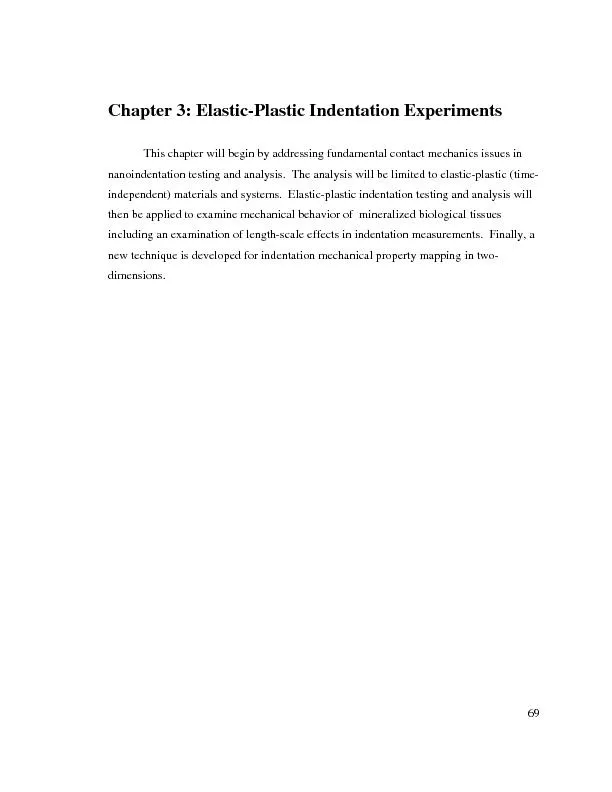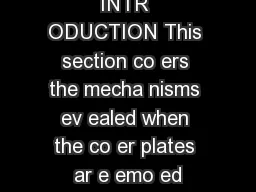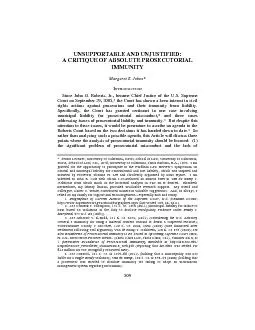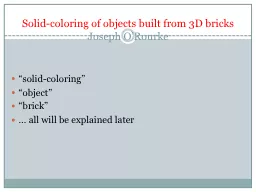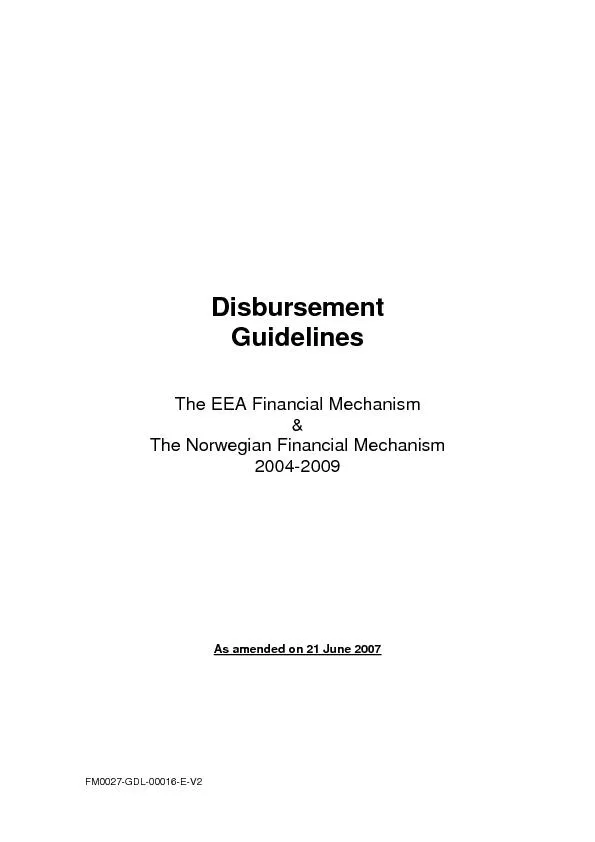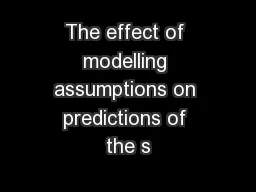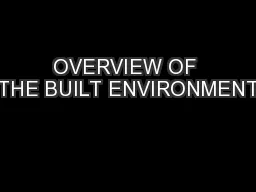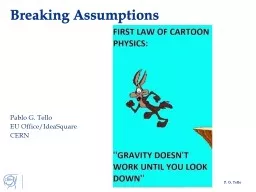PDF-A number of assumptions are built into the everyday operation of mecha
Author : alexa-scheidler | Published Date : 2016-04-27
on a fused silica standard sample at differentpeak load levels typically in a logarithmic series eg 01 03 1 3 10 30 100 300mN As in standard OliverPharr data analysis
Presentation Embed Code
Download Presentation
Download Presentation The PPT/PDF document "A number of assumptions are built into t..." is the property of its rightful owner. Permission is granted to download and print the materials on this website for personal, non-commercial use only, and to display it on your personal computer provided you do not modify the materials and that you retain all copyright notices contained in the materials. By downloading content from our website, you accept the terms of this agreement.
A number of assumptions are built into the everyday operation of mecha: Transcript
Download Rules Of Document
"A number of assumptions are built into the everyday operation of mecha"The content belongs to its owner. You may download and print it for personal use, without modification, and keep all copyright notices. By downloading, you agree to these terms.
Related Documents

